- 153

- glasgow
- jamsy
Your are my idol!! I will try as soon I get home and let you know! Regards
No worries my friend, good luck with it, just take your time and defo watch a video on you tube first, happy racing,,
Your are my idol!! I will try as soon I get home and let you know! Regards
No worries my friend, good luck with it, just take your time and defo watch a video on you tube first, happy racing,,
 thank you!!!!!!
thank you!!!!!!


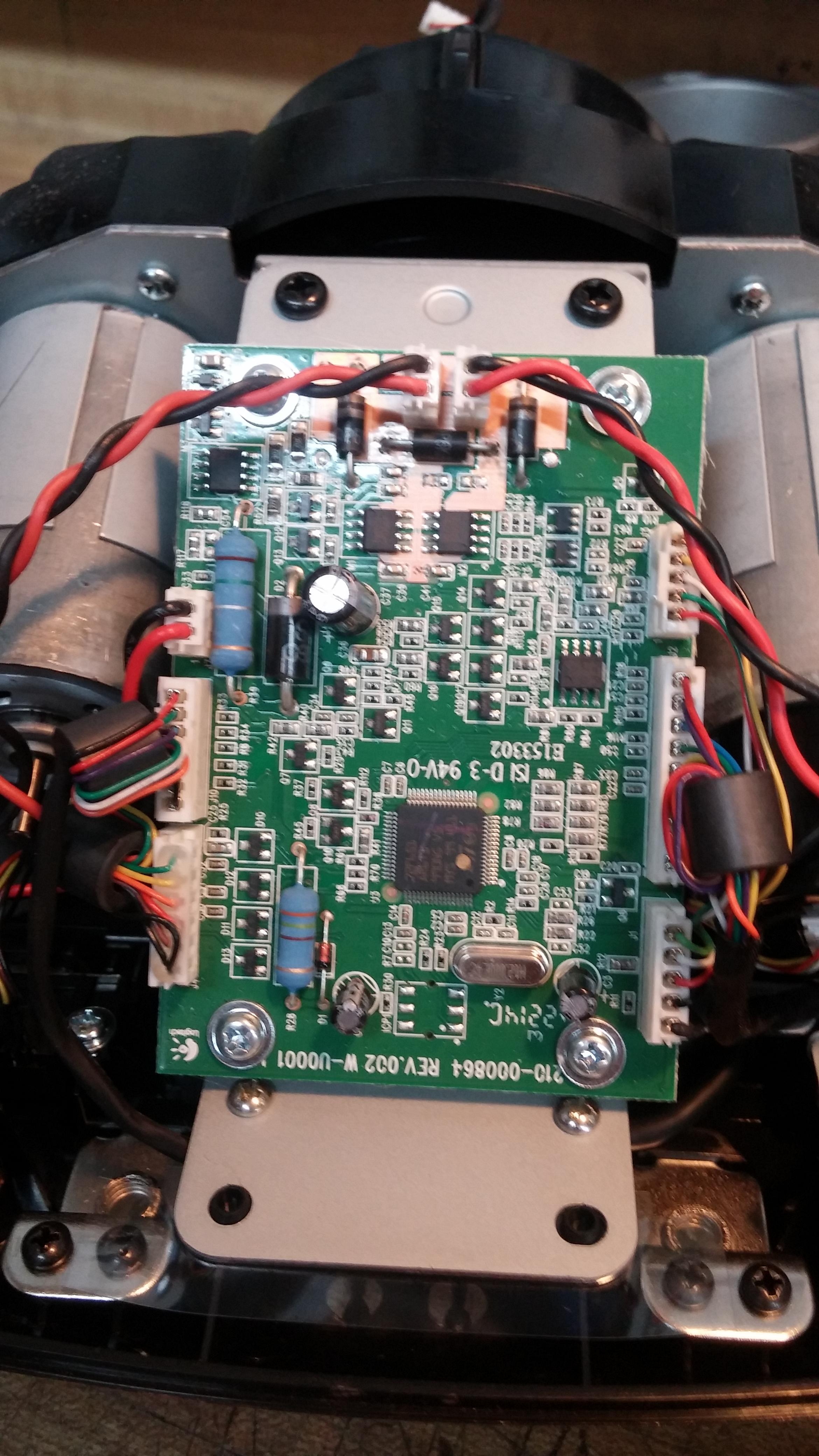
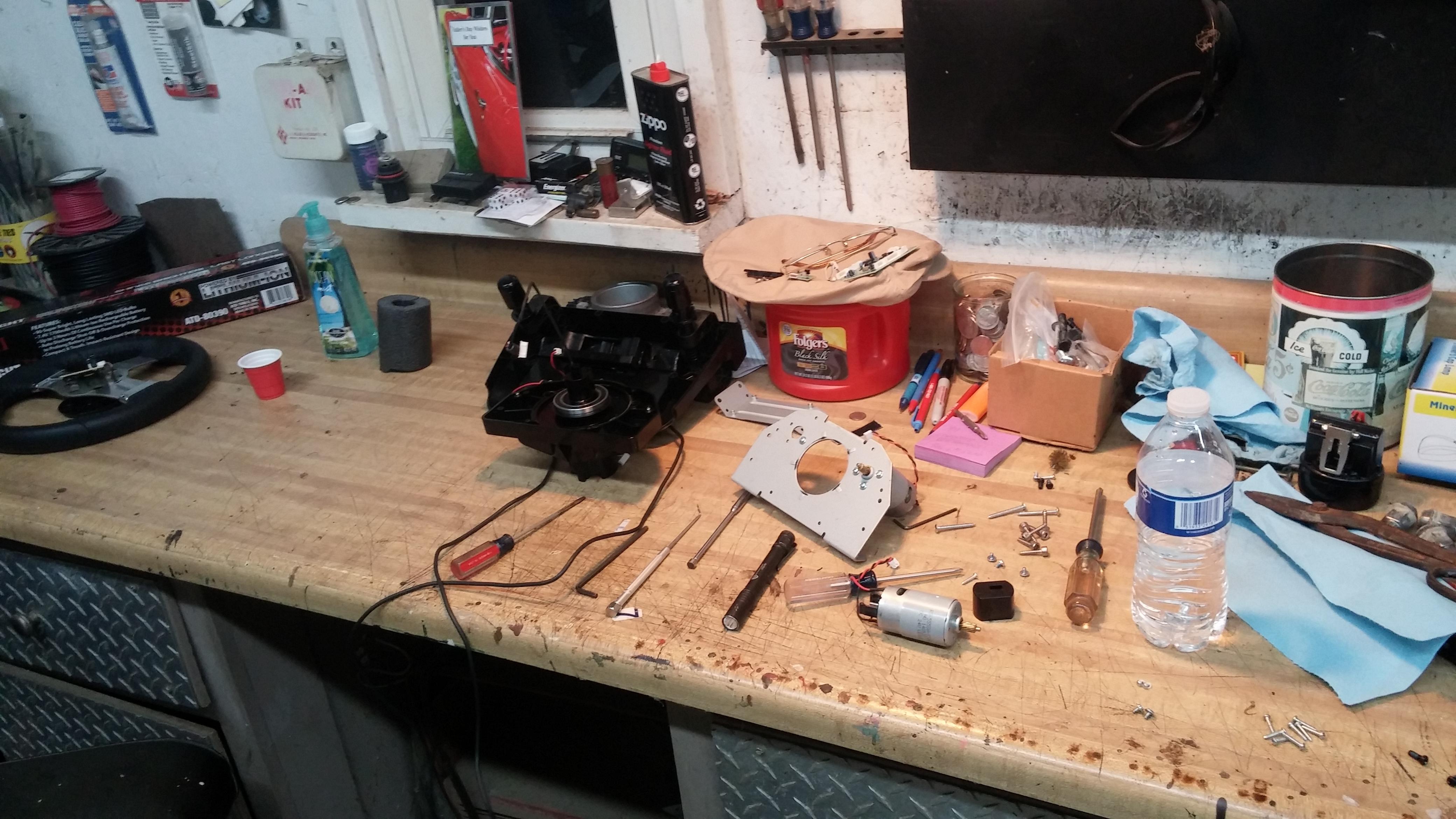
Nice looking work bench, you should of tried putting a washer on it, that's what I did with my g25 and haven't had any issues since even with hours of drifting and getting it warm lolWhen I took my G27 apart I discovered my optical encoder had one crack going along the whole of the encoder. I got some super glue and found a wire terminal that was a hair too small. I filed it down, sheared off the access and it fit like a charm. Super glued it on there and put it all back together and she is working great again. I am probably still going to buy the brass encoder when she breaks again but for now she is working like new. The whole process took around 3 1/2 hours. Thanks a lot!
Here are a couple pictures that I took


The wire terminal, when cut properly, was practically a thin washer so I think it worked just as well.Nice looking work bench, you should of tried putting a washer on it, that's what I did with my g25 and haven't had any issues since even with hours of drifting and getting it warm lol
Thank you, glad to hear it helped you! Merry Christmas!I created an account especially to give Kudo's to the author. Fixed my G25 today in the same manner. I found a thin washer, filed it snug and secured it with a tiny amount of glue. The optical encoder sits really snug again against the axle. I used a 5 mm socket to push down the washer onto encoder. I found myself also needing to use the same socket to get it on the axle. I felt that using my fingers would bend the broken plastic.
it should be snug enough that it will stay in place without need for glue.
6 years later hope that you or someone can clarify a couple of things: you said the washer should go in snug, in order not to have to use glue. Well I found two washers, one of which appears to be the exact size needed but it doesn't sit snug around the shaft. There's maybe a hair worth of space in between but it isn't snug. Will this be a better way to go along with some super glue than with the other, slightly smaller washer? I'd need to drill the centre hole in order to make it fit the shaft. Even then there's no guarantee I'd have the exact drill size so it likely wouldn't sit snug either. But based on the pic below am I safe to go with the larger washer? (2nd from the bottom). Suppose that I'd use superglue and squeeze the wheel together in order have it closed fully.
Seems like the obvious next step but before I proceed I'd like to hear opinions, as once I glue it in place there's no going back.
PS: may use Gorilla glue (for wood, plastic, etc) as I find it far safer than super glue.View attachment 950380
Thanks everyone, for contributing to this great thread.
No problem! I don't visit this place much anymore but it still get notifications and this thread is usually the one I get alerted on every once in a while.Thanks for checking back in after all these years.
View attachment 950489

A decade later, you just saved my ass, dude. I opened up my G25 that was acting up and found it was the encoder disk, and this fixed it perfectly for me. I honestly don't know if I would've taken the gamble of buying the 30-dollar brass disk plus the long shipping wait, so you probably just saved my wheel. Thank you.I know that this known problem has been talked about in many threads here, but instead of reviving one from the dead and in the interest getting this info visible to others searching for help I decided to post a new thread here.
I myself had the dreaded optical encoder wheel split happen to my DFGT early last year. I came to this site to find out what was causing the symptoms I was experiencing (mainly wheel center alignment issues). So after digging the optical encoder part out and taking a look at it (and making a failed glue-it-back together attempt), I tried something else.
A washer.
If you look at the encoder it is basically a shaft piece with a wheel on the end. The wheel is solid plastic on the inner part and spokes (encoder) on the outer part. All you need to do to fix it (mine was a complete split down one side) is take it with you to a hardware store and find a washer whose inner diameter is the same size as the shaft, and whose outer diameter is no wider than the solid part of the wheel. I was lucky in that I had one the perfect size in my garage.
Slide it on, add a (VERY SMALL) dab of glue on the back to hold it against the solid part of the wheel and you are done. (Just make sure the split parts of the spokes/encoder wheel are lined back up evenly when you do though.)
I know the popular solution on here is to order the custom brass one from overseas, and not to take anything away from that guy, but for those of you who are in a hurry or don't have the cash to spare, this works like a charm. My wheel has not had a problem since.
Sorry I didn't have the presence of mind to take pics when I had it apart, but if anyone has questions (I know pictures/diagrams are much easier to read than words) I would be glad to help.
Hope this is helpful.
Update: Added photos below. You can see if you find the right size washer it will hold the split encoder wheel together and then you don't need any glue in the spokes area, just make sure the sides line up. I used a dab of glue on the back of the washer to hold it in place.
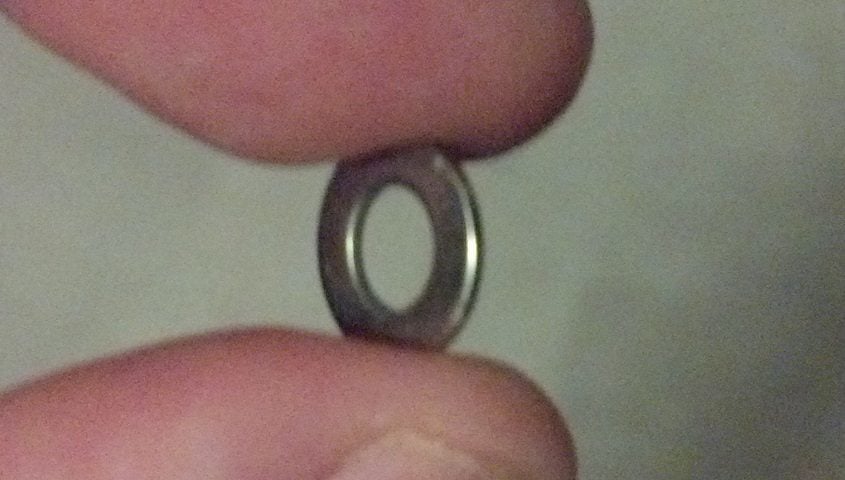
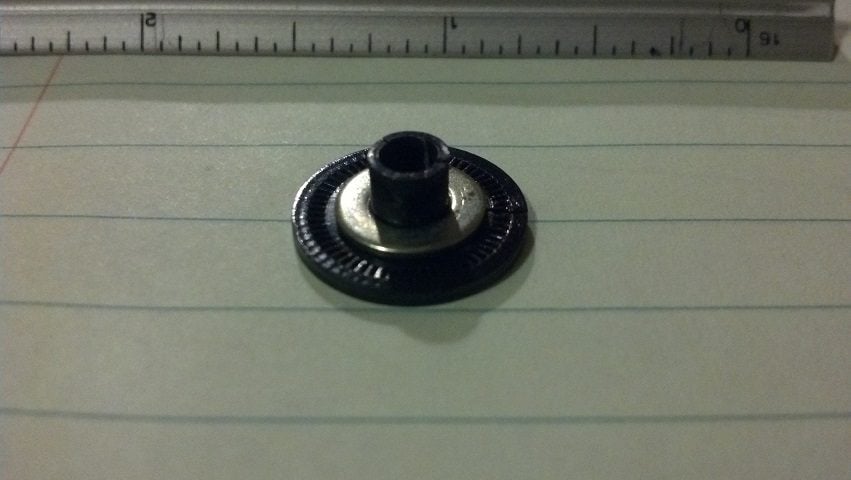
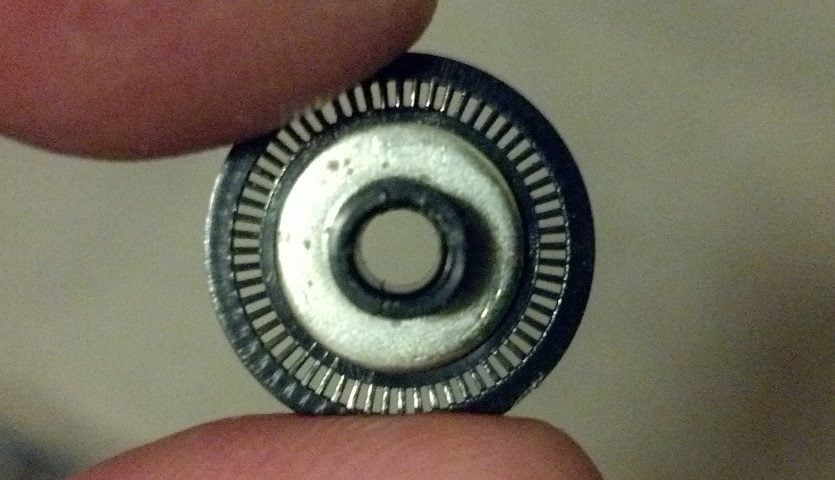
Yes, I know. It's been over 10 years since the OP. But, my even older DFGT had been acting up and slipping off center. I already gave the encoder board to a professional to fix, but when disassembling the wheel, I noticed that the ring itself had broken. So, I found this ancient thread and tried it out myself. Mr. Lenny, you are heaven-sent! Even though the board still needs fixing (some pins appear to have been ripped off of the board, don't ask), I'm more than certain that the broken ring was the main cause of the issue. If anyone is remotely interested in this thread, I will update my comment as soon as I get the fixed board back and put the whole thing together.I know that this known problem has been talked about in many threads here, but instead of reviving one from the dead and in the interest getting this info visible to others searching for help I decided to post a new thread here.
I myself had the dreaded optical encoder wheel split happen to my DFGT early last year. I came to this site to find out what was causing the symptoms I was experiencing (mainly wheel center alignment issues). So after digging the optical encoder part out and taking a look at it (and making a failed glue-it-back together attempt), I tried something else.
A washer.
If you look at the encoder it is basically a shaft piece with a wheel on the end. The wheel is solid plastic on the inner part and spokes (encoder) on the outer part. All you need to do to fix it (mine was a complete split down one side) is take it with you to a hardware store and find a washer whose inner diameter is the same size as the shaft, and whose outer diameter is no wider than the solid part of the wheel. I was lucky in that I had one the perfect size in my garage.
Slide it on, add a (VERY SMALL) dab of glue on the back to hold it against the solid part of the wheel and you are done. (Just make sure the split parts of the spokes/encoder wheel are lined back up evenly when you do though.)
I know the popular solution on here is to order the custom brass one from overseas, and not to take anything away from that guy, but for those of you who are in a hurry or don't have the cash to spare, this works like a charm. My wheel has not had a problem since.
Sorry I didn't have the presence of mind to take pics when I had it apart, but if anyone has questions (I know pictures/diagrams are much easier to read than words) I would be glad to help.
Hope this is helpful.
Update: Added photos below. You can see if you find the right size washer it will hold the split encoder wheel together and then you don't need any glue in the spokes area, just make sure the sides line up. I used a dab of glue on the back of the washer to hold it in place.


